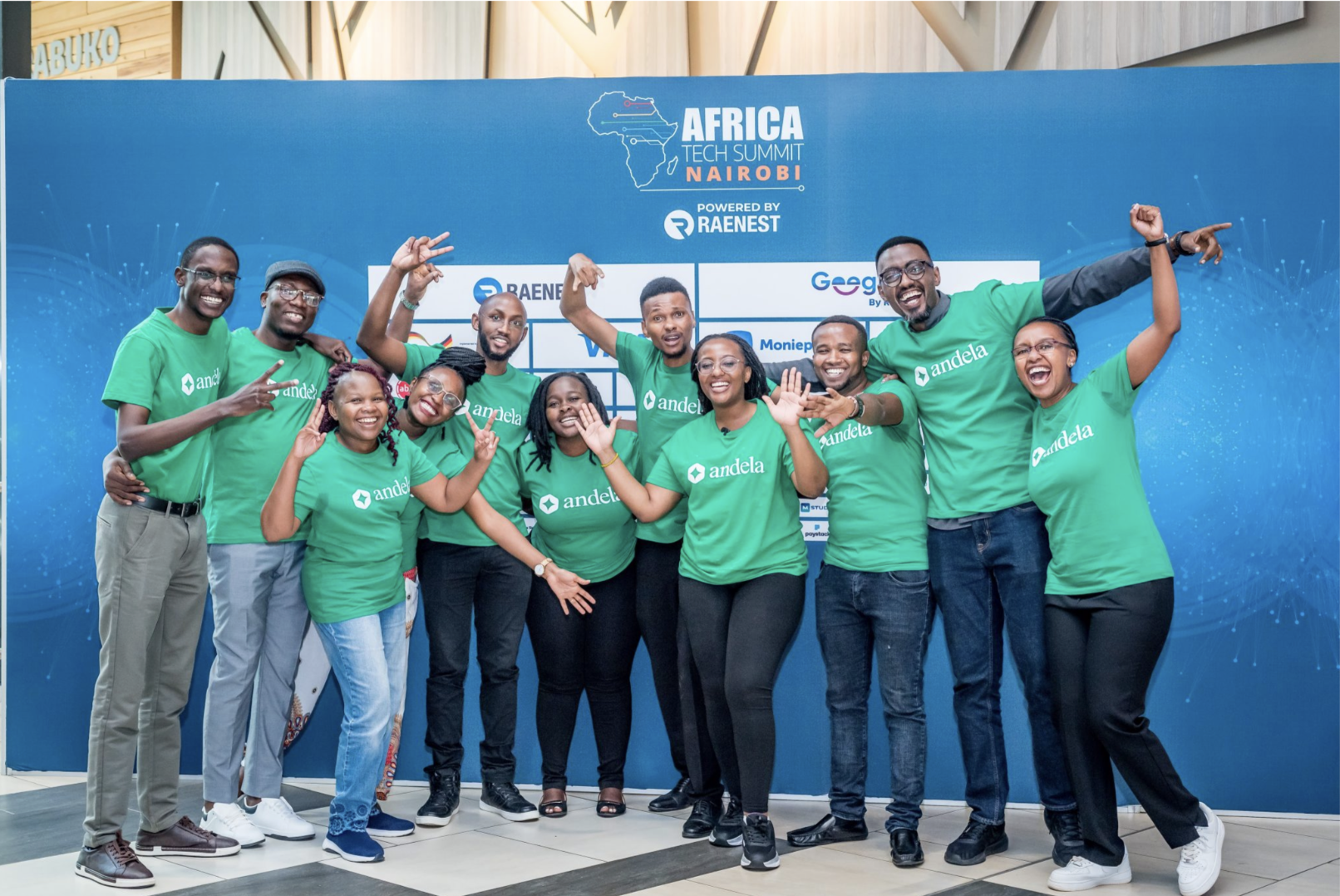How to successfully run remote design research

Whether we’re working remotely from home or in-person at least six feet apart, progress continues to be top-of-mind. Forrester reports that in order to compete in the tech labor market, companies must be open to adopting an anywhere-work culture. This comes with its own set of adjustments, such as making sure the right systems and processes are in place to ensure productive and successful remote collaboration.
For designers, the ability and need to interact directly with users and consumers are one of the biggest concerns around working on remote design teams.
Designers use research and ethnographic methodologies to better understand the user’s needs and potential frictions. It’s important to learn from the user “in context,” which often means watching them in their work or even at home as they go about their regular routines. This gives the designer the ability to learn much more than they would ever learn from a simple call, survey, or screen-share. Now, our main priority is to adjust and minimize the loss of perception, since remote work opens up virtual interaction with our users.
By following the best practices for on-site interviews, I’ve selected three key points that I believe have the potential to be missed when we perform online interviews. I’m sharing some approaches, thoughts, and ideas that I follow and how we as designers can reflect these best practices through remote interviews while avoiding loss of context and depth.
Interviewees need to be as comfortable as possible
In the interviews, designers should try to allow the interviewees to choose the place and time of the meeting. For a virtual interview, this may look like being sensitive to their time zone to make sure they’re doing the interview during a time that works best for them. In addition, it’s recommended to correlate with how they hold themselves. If they dress informally, you could dress informally too and the same applies to voice and tone. This way you’ll encourage them to act naturally.
One of the benefits of remote work is that people are now more used to video conferencing as a method of communication. Another way to provide comfort through remote interviews is to give users the ability to choose their preferred conferencing tool.
This allows them to have a little more ownership and confidence in the space they need during the interview, whether they choose Zoom, Skype, Google Hangouts, or another platform. The designer or manager has to ensure that all participating team members take the time to prepare and test the recording features of each tool in advance and create accounts and invites as needed.
Understand the user environment
Capturing the context of the user’s environment simply requires assigning a teammate to take notes and photos of the space. Mastering this practice remotely requires a little more preparation from the designer. Ideally, the goal is to have your interviewee take a video tour of their environment.
Yes, it’s a difficult task, but extremely important. First, you want your recruiter to mention to the interviewee in advance that you want to tour their space. This way, when you ask them to show you around, they won’t be surprised and they won’t find it awkward and will be prepared to answer the video call from a device that’s more mobile.
The second step would be to remind the interviewee, at the top of the interview, of the activities you want to complete during the time you have together. Ideally, a script should be sent beforehand to the interviewer with a guide of what will be covered during the interview, along with the forecast of duration.
In the final step, before asking the interviewee to take you on the tour, give them direct instructions on what you want to see to avoid random and disorienting views. For example: “I would love to see where you work” or “where do you do housework?” By viewing physical space through your own eyes, you will be able to understand what’s important to your user and gain deeper insights into their life.
Stick to the topic
During interviews, we all share a variety of topics outside the main topic of the interview, and it’s easy to get sucked into a rabbit hole. While it’s normal and even critical to learn about your interviewee’s interests or hobbies to get a more holistic sense of who they are, it’s important to be mindful of your learning objectives.
To address this, designers can follow interview best practices. First, set a plan or agenda beforehand and track the time for the chat and the topic portion of your interview. Second, show interest and talk openly on general topics, which will come up naturally. Most importantly, after you have given yourself the necessary five-to-ten minutes for casual conversation, move on to the main interview topics. A helpful and more subtle way to steer the subject back toward your main priority of user research would be to review the activity schedule with the interviewer.
Getting design research right isn’t impossible, but it takes intention.
Andela’s Design Practice has the talent and experience to build your next design system. Whether you’re starting a new design system from zero, re-architecting your existing design system for scalability, or simply augmenting your current design operations team, we’ve got the world’s best Design System Talent ready to hit the ground running on your initiatives.
Supercharge your project’s progress with Andela designers.
Related posts
The latest articles from Andela.

What GPT-4o and Gemini releases mean for AI

How Africa’s Tech Talent is Making an Impact Across the Continent
.jpg)
Cancel Asynchronous React App Requests with AbortController
We have a 96%+
talent match success rate.
The Andela Talent Operating Platform provides transparency to talent profiles and assessment before hiring. AI-driven algorithms match the right talent for the job.

